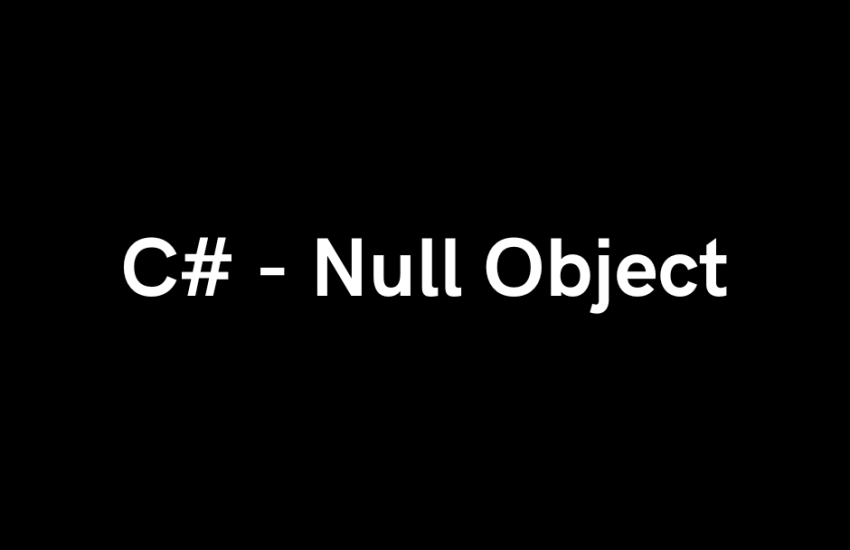The Null Object pattern in C# is a design pattern used in object-oriented programming to handle null references in a more elegant and structured way. Instead of having null references or explicitly checking for null every time scattered throughout the code, the Null Object pattern introduces a special object that represents “no value” or “nothingness” in a given context. This object behaves like any other object in the system but does nothing or provides default behavior when its methods are called.
Here’s an example of how you can implement the Null Object pattern in C#:
using System;
// Interface representing a shape
interface IShape
{
void Draw();
}
// Concrete implementation of a shape – Circle
class Circle : IShape
{
public void Draw()
{
Console.WriteLine(“Drawing a circle”);
}
}
// Null object implementation for IShape
class NullShape : IShape
{
public void Draw()
{
// Do nothing, or you can provide default behavior
Console.WriteLine(“Null object: Nothing to draw”);
}
}
// Client code
class Program
{
static void Main(string[] args)
{
// Creating a real shape
IShape realShape = new Circle();
realShape.Draw(); // Output: Drawing a circle
// Creating a null object
IShape nullShape = new NullShape();
nullShape.Draw(); // Output: Null object: Nothing to draw
}
}
In this example, `IShape` is an interface representing a shape, and `Circle` is a concrete implementation of this interface. `NullShape` is a special implementation of `IShape` which represents a null object. When `Draw()` is called on a real shape, it draws the shape, but when it’s called on a null object, it does nothing or provides default behavior, hence eliminating the need for explicit null checks in the client code.
This way, the client code doesn’t need to check for null references because it always gets an object that behaves predictably and provides a consistent interface even when an object is absent. This can lead to cleaner and more maintainable code.




